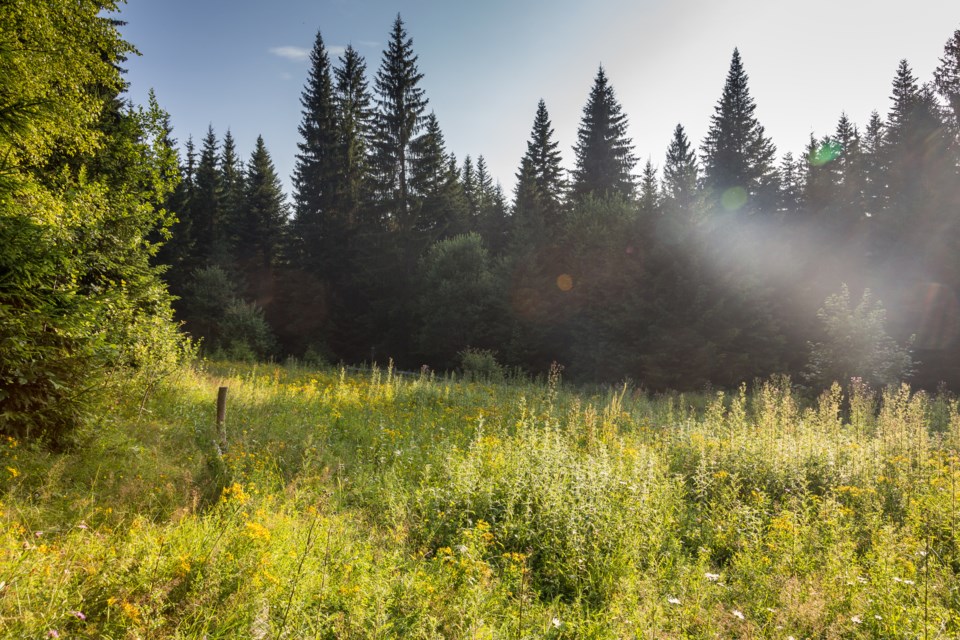Driving in from Denare Beach this winter, I noticed quite a number of dead and dying spruce, pine and fir trees. As the weather warmed up, more trees were turning brown. Many of the evergreens in town also showed some winter damage with needles turning red or brown, especially at the tips of branches.
The mugo pines turn brown above the snow line and the cedars turn brown on the side facing the sun. Why so much winter damage?
A lot of the damage in the forest started long before winter. The trees have been stressed by drought the last few years and the stressed trees were easy targets for insect pests and disease. Windy days require the trees to take up more water than on calm days, but there is not enough water. Once the ground freezes, the tree roots can no longer take up any water.
Deciduous trees shed their leaves in fall, but the needles on evergreens continue to breathe at a slower rate and continue to lose moisture all winter. Wind can accelerate this moisture loss, as can warm spells during winter. In late winter, as the days get longer and sunnier, this moisture loss accelerates and sun reflected from snow adds to the warming and loss of moisture. With the ground still frozen, the roots cannot take up water to replace the lost moisture. The needles dry up and turn tan, brown or red depending on the species.
The evergreens in our yards are damaged the same way. How can we prevent and repair this kind of damage? Prevention is easier than making a damaged tree look good again. It’s easy in summer to enjoy the sunshine and the lake and not really notice how dry it is. We water the lawn, but don’t think much about the trees.
Lawns are thirsty. Trees growing in a lawn have to compete for the water and often come up short. Removing grass around the tree and replacing it with mulch allows the tree to get more water. Just keep the mulch a couple of inches away from the tree trunk to prevent rot. Trees in garden beds also benefit from mulch, which helps retain moisture and moderates soil temperature. It is important to water trees all summer, but especially important in fall before the ground freezes. A slow, deep watering is best, allowing the water to soak deep into the ground.
Go easy on fertilising evergreens; they do not require a lot of fertilizer. When you fertilize, do it once a year or every second year in the spring. Chemical fertilizers absorb water, leaving less water for the tree roots, so it is essential to water well when adding fertilizer. For both watering and fertilizing it is important to remember that the feeder roots that take up nutrients and water are not near the trunk, but at the drip line and beyond. The drip line is where the tips of the outermost branches are.
The next article will discuss what to do with your winter-damaged evergreens.




